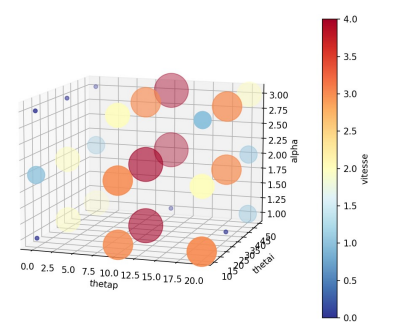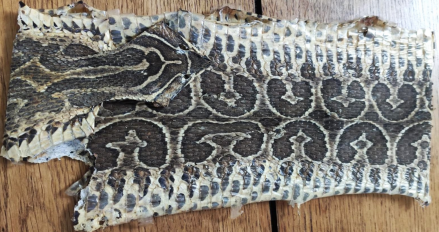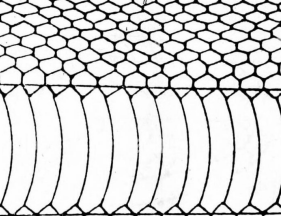In granular environments, objects encounter complex interactions due to the dualistic nature of granular media which exhibit both solid-like and fluid-like behaviors.
Under stress, granular materials deform elastically like a solid, yet begin to flow like a fluid when a certain stress threshold is surpassed. Significant variations in momentum and volume fraction across different regions of granular media lead to intricate multiphase system dynamics.
Our study focuses on granular media consisting of particles larger than 100 micrometers, such as sand, gravel, and grains. We delve into the problematic nature of locomotion in such environments, drawing inspiration from the natural world. Snakes across the globe exhibit a range of strategies to navigate diverse terrains, including solid ground, ocean surfaces, tropical forests, and deserts. In particular, certain serpent species adeptly traverse sandy landscapes through a combination of lateral undulations and elevations of their body segments.
This project investigates the types of movements that enable snakes to efficiently move across sandy environments, with implications for robotics that can inform the development of mechanisms for improved navigation in granular media.




